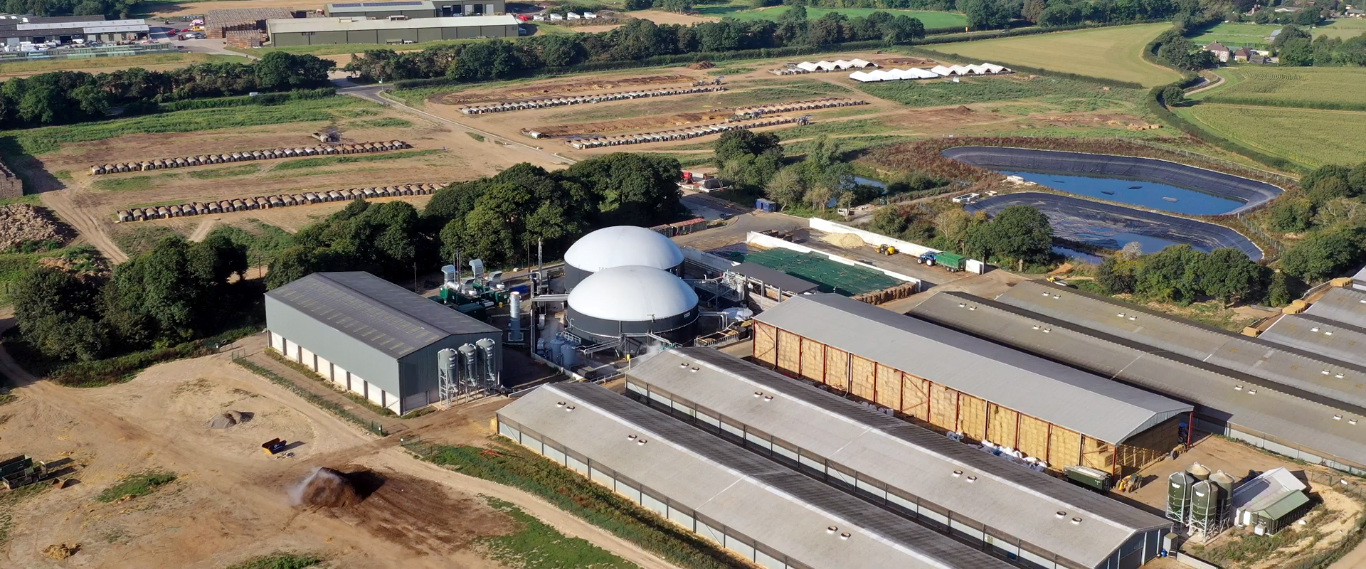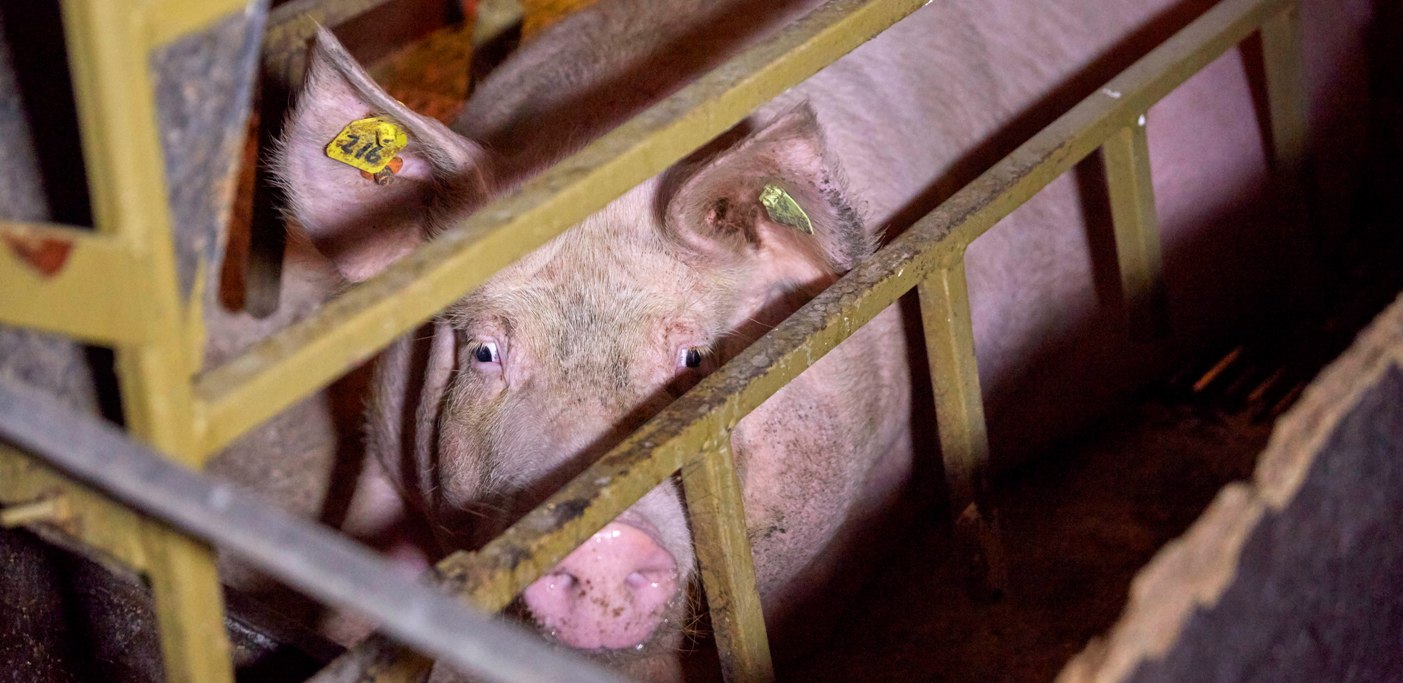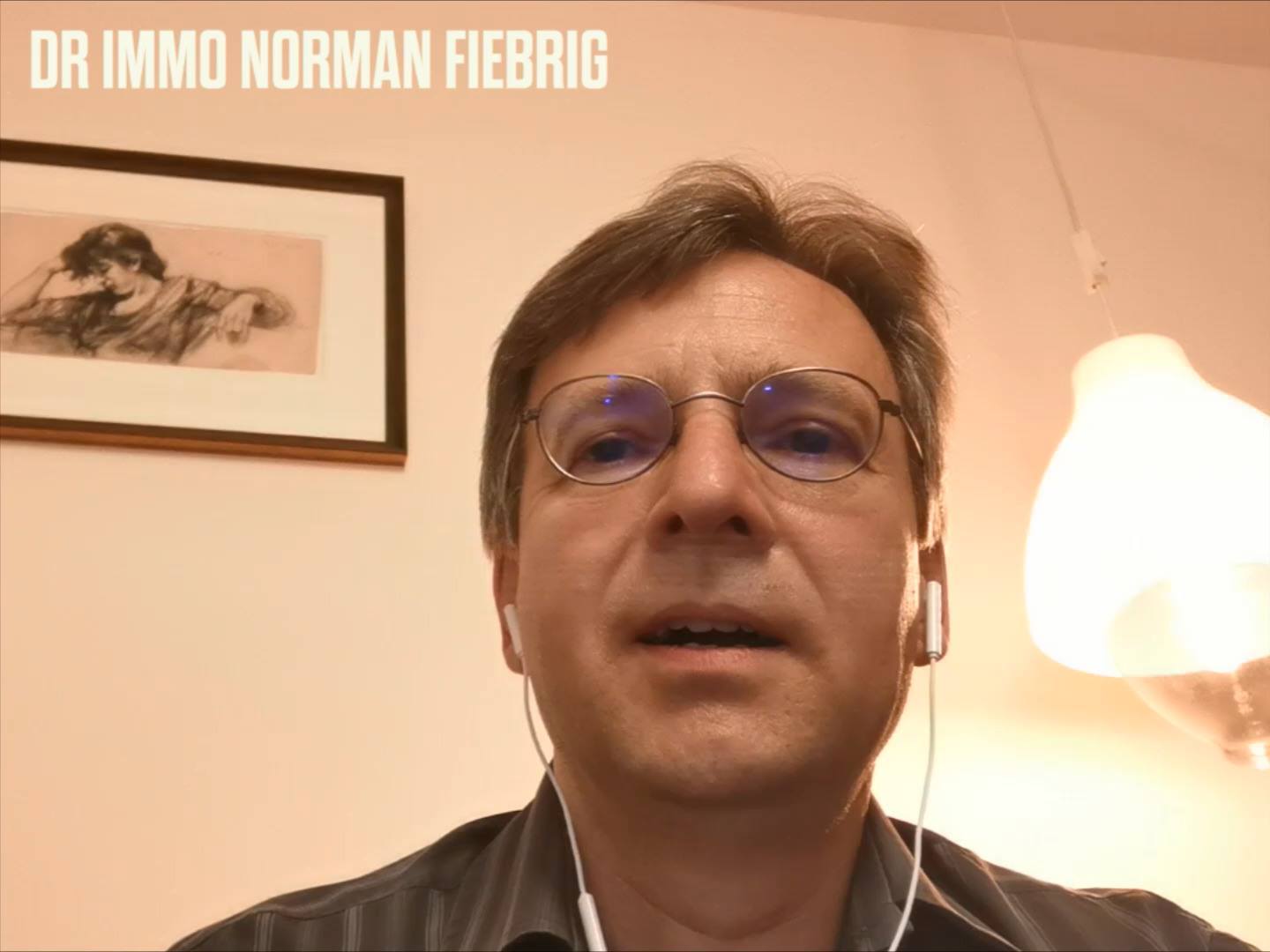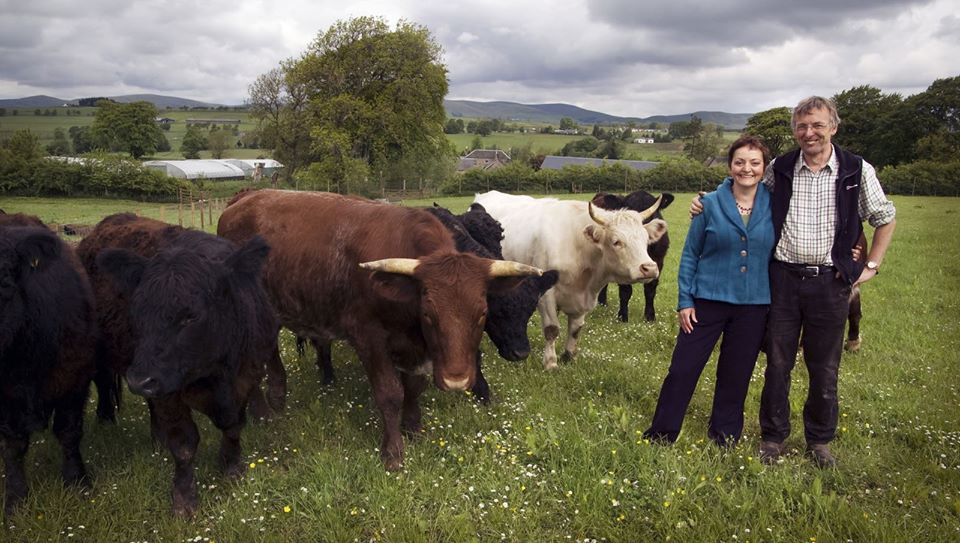Malcolm McAllister, CEO of Farm Renewables UK, paints a rosy picture of the anaerobic digester (AD) plants which his company installs. However, people living in close proximity to one such AD plant at Funtington in Sussex report foul odours, huge tractors endangering and polluting the village and a plague of flies that even forced the village pub to close its kitchen on one occasion.
In 2015 a local farmer was granted permission to expand his farm of 2,000 outdoor sows by building a 12,500 pig indoor factory farm to fatten the pigs on condition that the waste would be processed in an AD unit to be built next to the pig factory sheds. The pig sheds were completed first, and pigs were quickly moved in before the AD plant was anywhere near completion, leaving the pig waste to accumulate in 200-ton heaps that emitted a toxic stench that sickened residents in the village. The waste had to be hauled through the village at the rate of 70 tons a day in huge trailers, scattering straw and faeces on streets, pavements and doorways.
A succession of obstacles delayed the opening of the AD plant; there was no operating permit, an ancient woodland was being affected requiring a taller chimney to be built, and hoppers broke down continually, so that the plant was not operational until summer 2019 (4 years after planning permission was permitted). Although residents were promised that the odours and pollution would cease once the AD plant was fully functional, this has not been the case. At a packed meeting in the Funtington village hall in September 2019, a huge majority raised their hands when asked if they had been adversely affected by stench, noise or traffic pollution from the pig farm and AD unit. As a local resident put it, ‘it stinks!’
The installation of AD units has become a back-door planning route for factory pig farm developments. ADs played a key role in Northern Ireland’s intensive livestock expansion strategy by helping the rapidly growing factory farming industry cheaply dispose of the vastly increased amounts of excrement while still technically complying with EU regulations. But not only are ADs framed as a way of dealing with excess waste, it is financially helping these massive factory farms too. The demand of these new AD plants for a consistent large supply of slurry and manure, means that pig and poultry farms in Northern Ireland can generate an income from excrement. This creates a warped, perverse incentive for factory farm expansion.
Feedback’s report ‘Bad Energy’ – all about the role of ADs in a net zero carbon scenario, keenly supports this, and provides some excellent suggestions on how they could be used in a sustainable agricultural system. We support their proposal that small scale established farms should apply for ADs on the proviso that they do not expand production, such that a move into factory farming is not incentivised.
There is a better alternative to ADs; preventing the manure and slurries from being produced in the first place (plus all the other emissions impacts of intensive livestock production), through reduced meat and dairy production and consumption.
Contrary to what people are led to believe, ADs do not consume animal waste or make it disappear. After the methane has been removed, 90-95% of the volume of slurry (digestate) still has to be disposed of. Because the AD process does not kill all the pathogens and antibiotic-resistant bacteria or remove heavy metals from the waste, these contaminants are still in the slurry when it is spread onto fields, presenting a health hazard to people living nearby, or walking in the vicinity. It has been shown that babies are susceptible to permanent lung damage if they are exposed to the toxic bio-aerosols that are released when slurry is spread.
ADs do not offer any solutions to the systemic failures and human health risks inherent in factory farm systems that overcrowd animals in stressful, unhealthy conditions. They have been used too often as greenwash to attract planning permission for new factory pig farms that should never be built in the first place.
Share This Article
Related ArticlesView All
Is Red Tractor High Welfare?
When it comes to buying pork, the Red Tractor label does not offer any assurance that the pigs were raised… Read More
Cruel Farmers or a Cruel System?
The horror story experienced by US pig farmers who, between May and September, will have cruelly euthanized 10 million pigs,… Read More
Factory Pig Farms Create New Strain of Swine Flu, Scientists Warn
A new strain of the swine flu virus, H1N1 G4, has been detected both in pigs and humans in China…. Read More
Farm Expert Interview 6: Dr Immo Fiebrig
Dr. Immo Norman Fiebrig from Germany, a licensed pharmacist and PhD in biochemistry explains his ‘Corona Triangle Hypothesis’ where mapping… Read More
Farm Case Study 9: Pipers Farm, Devon
Peter at Pipers Farm rears free-range Saddleback pigs. His online business provides healthy, sustainable, high welfare meat straight to people’s… Read More
Farm Expert Interview 5: Pete Ritchie
Pete Ritchie, Executive Director of Nourish Scotland and owner of Whitmuir the Organic Place, speaks to us about the need… Read More






